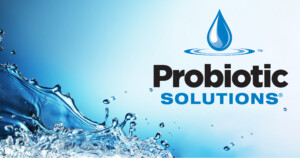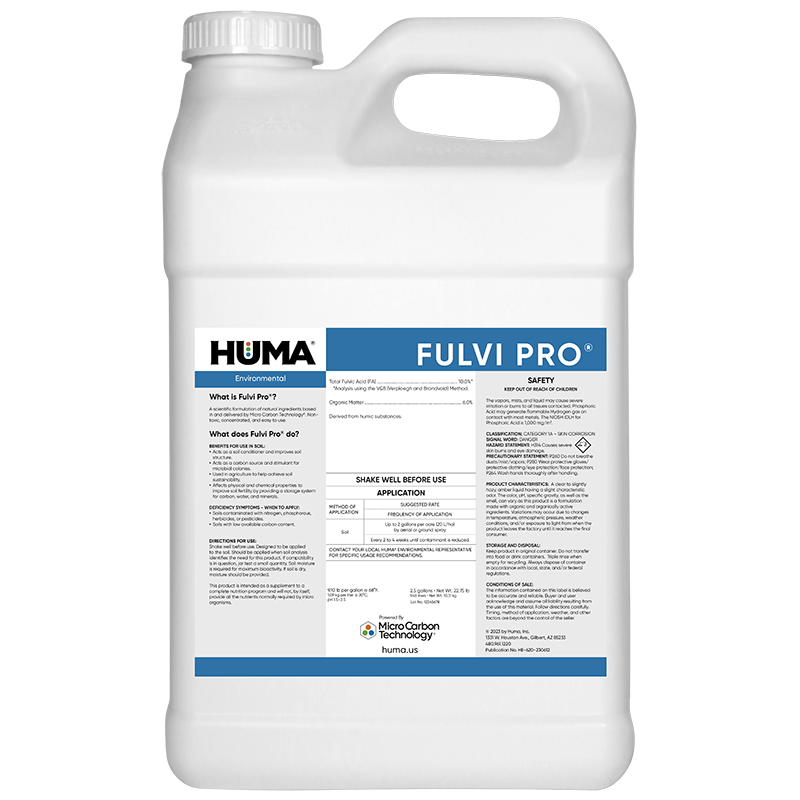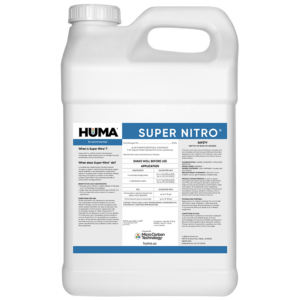FAQs
Related Products
Related Case Studies

Bio Energizer® Reduces Sludge at Small N.M. Municipal Facility
Problem A small town in New Mexico (pop. 1,300) had a municipal wastewater system with a flow rate of 50,000 gallons per day. The system included a series of three lagoons that tapered to a depth of 13 feet. Pond 1 had an average sludge depth of 1.9 feet, Pond 2 averaged 3.5 feet, and

Bio Energizer® Reduces Sludge 45% In One Year, Saves Municipal Plant $6 M In Dredging Costs
Summary In this study, a one-year bioremediation plan featuring Bio Energizer® was implemented for a municipal wastewater treatment facility with 2 primary lagoons in which sludge depths had reached 5–7 feet. The lagoons were at risk of upset and wastewater processing capacity was reduced. Sludge levels were measured at baseline and quarterly. Sludge depth was

Super Phos® Lowers Papermill Operating Costs in China
Problem The existing wastewater treatment system uses 600 kg/day of diammonium phosphate (DAP) to provide the needed phosphorus concentration to maintain a healthy microbial population to treat wastewater. These microorganisms break down the organic matter being discharged from the paper processing facility. Without the correct concentration of available phosphorus, the microorganisms are unable to grow
Related Blog Posts

Just Another Snake Oil?
by Heather Jennings, PE For years, the wastewater industry has been plagued with products that meet only half the expectations of the users or make matters worse. I get it. I personally questioned the efficacy of Micro Carbon Technology® (MCT—the nutrient carrier for all our liquid nutrient and biostimulant products) when I started with Probiotic

Food Processing Wastewater Treatment Solutions
Experience the world’s most efficient wastewater remediation products, for operational stability of food processing wastewater treatment facilities.

Healthy Bacteria Are Vital to Wastewater Treatment
Bacteria break down organic material in wastewater and form the floc that settles and separates solids from liquids. Controlling F/M ratio–a vital component to creating a favorable environment for wastewater bacteria–can be accomplished through the use of bioremedial products.






